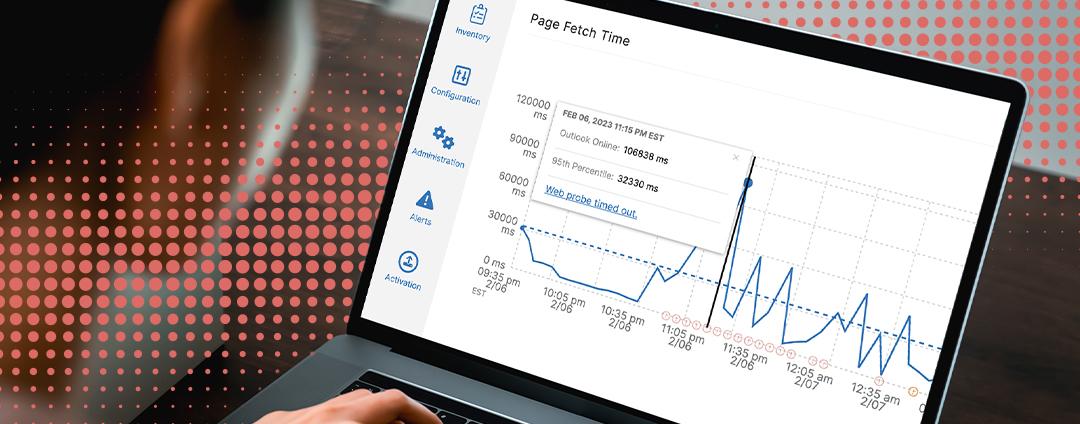The events of 2020 caused quite a bit of upheaval for enterprises in EMEA. But what effect, if any, did it have on their digital transformation plans?
Amidst the landscape of a global pandemic, increasing cyberthreats, and a growing remote workforce, Zscaler commissioned its second study on the state of digital transformation in EMEA to discover how enterprises across the U.K., Germany, France, the Netherlands, Italy, and Sweden are progressing on their transformation journeys.
This year’s report finds that two-thirds of Europe’s enterprises with 3,000 or more employees run the majority of their business applications in the cloud. Nearly half of these enterprises expect the number of people working remotely to grow between 25 and 50 percent in the next year. However, only one-third of decision-makers are confident they have the infrastructure in place for secure remote access.
The survey results indicate that the internet has reached the status of the new transport network where most business takes place, with the cloud as the new data centre. Close to one-fourth of enterprises were hosting more than three-quarters of their applications with a cloud provider. Italy led the way with 53 percent of its companies having moved more than half of their applications to the cloud, closely followed by the U.K., Germany, and France.
Not only have business applications been migrated to the cloud, but the workforce is increasingly mobile. Fifty-three percent of European businesses have more than half of their workforce working remotely. The Netherlands leads in remote work, with 44 percent of enterprises having more than half of their staff working outside company offices, followed by Sweden and Germany. In Italy and the U.K., roughly a third of the workforce has no fixed office desk.
Prior to the pandemic, enterprises were actively migrating private applications to public clouds as well as enabling some users to access applications from any location and device. In response to the global crisis, employees and enterprises further embraced this new flexible work style.
Working remotely means employees have the freedom to access data from practically anywhere. But this freedom also brings challenges around mitigating business risk, as this mobile workforce can’t be supported by legacy infrastructures. IT teams must quickly enable employees to work securely from anywhere without disruption to the business. While daunting with legacy technologies, the solution is in the cloud. When location no longer matters, delivering security at the edge—close to the user—is the solution.
IT decision-makers have begun to realise that transforming an organisation requires a fundamental overhaul of technology ecosystems. With apps moving to the cloud and users connecting from everywhere, the perimeter has become irrelevant and traditional hub-and-spoke networks are outdated. It’s time to decouple security from the network and deploy policies that are enforced anywhere apps reside and everywhere users connect. The survey results show that the companies moving apps to the cloud without adapting their infrastructures and security tend to struggle with complexity, performance issues, and changing security requirements.
The challenges of multicloud environments
The cloud is supposed to simplify enterprise infrastructure. However, with multicloud scenarios, IT decision-makers face various challenges. The most common problems cited in the survey were setting up multicloud networks and securing access to them. One-third of respondents were concerned about the rising costs of MPLS networks, which suggests that these organisations are moving applications to modern cloud environments while relying on legacy network models.
Enterprises are highly likely to struggle with multicloud environments and security and access control issues if they stick to their traditional hub-and-spoke network architectures. Application, network, and security transformation must go hand in hand to avoid common challenges. Enterprises have to ask:
- How can the network architecture be adapted to enable seamless and secure access to multicloud environments without latency and without driving up costs and complexity?
- How can security requirements be matched with an architectural design so that a user no longer needs to interact manually?
- How can we support a large, distributed staff that needs secure access to multiple environments?
Key transformation priorities should include taking full advantage of modern technology and controlling risk. The needs of today’s mobile workforce must also be taken into consideration, including a fast and frictionless experience. While securing users and applications is more important than ever, visibility across all network and connected device traffic has also become critical in defending corporate assets.
The survey confirmed what most EMEA organisations already knew: Remote work is here to stay and it’s more likely to increase than decrease. Corporations should no longer differentiate between access within the corporate office and amongst remote users. In a modern workplace, secure access to business-critical applications must be identical no matter where employees are working. But the corporate mindset must change to make this a widespread reality.
To learn more, download the State of Digital Transformation EMEA 2020 report.
Nathan Howe is ZPA Principal Architect at Zscaler.





